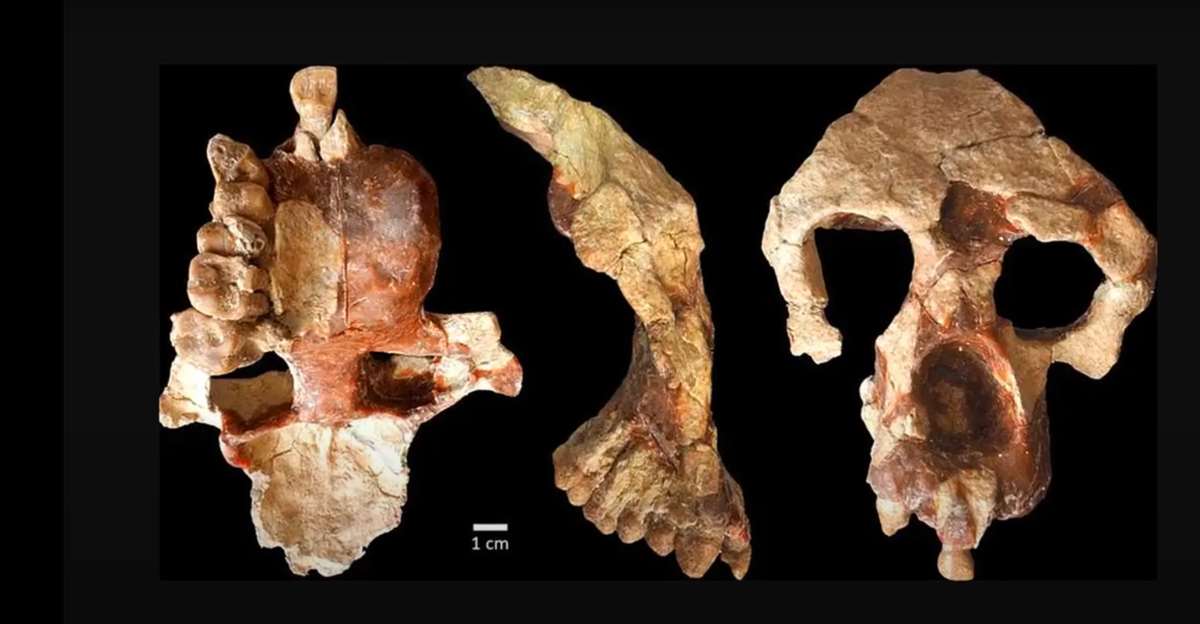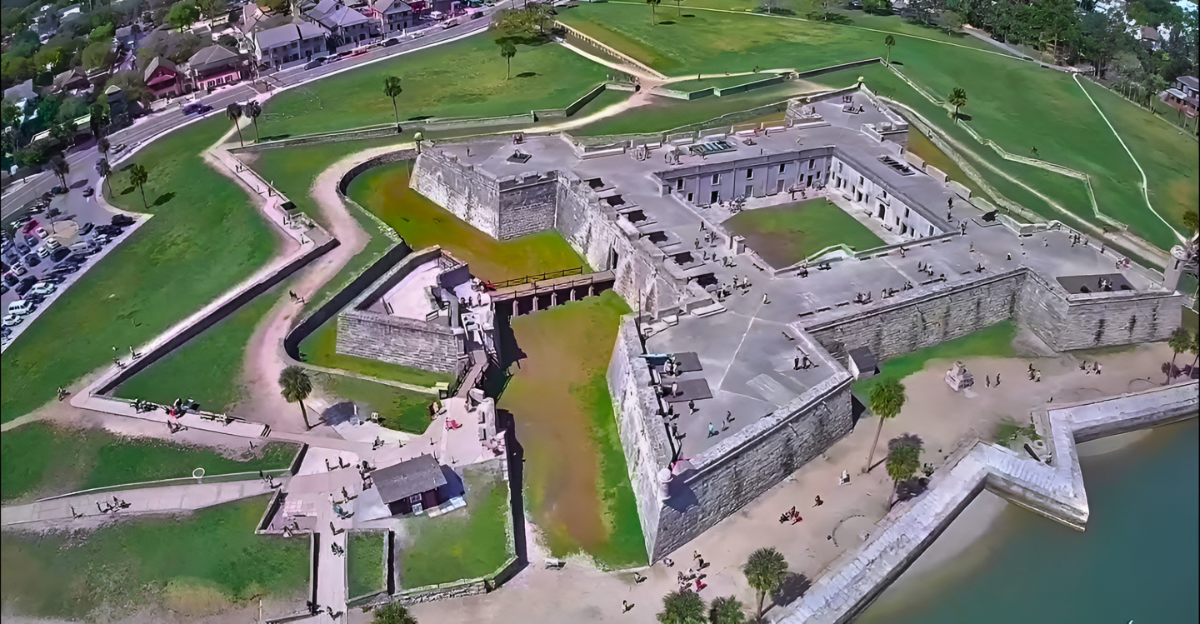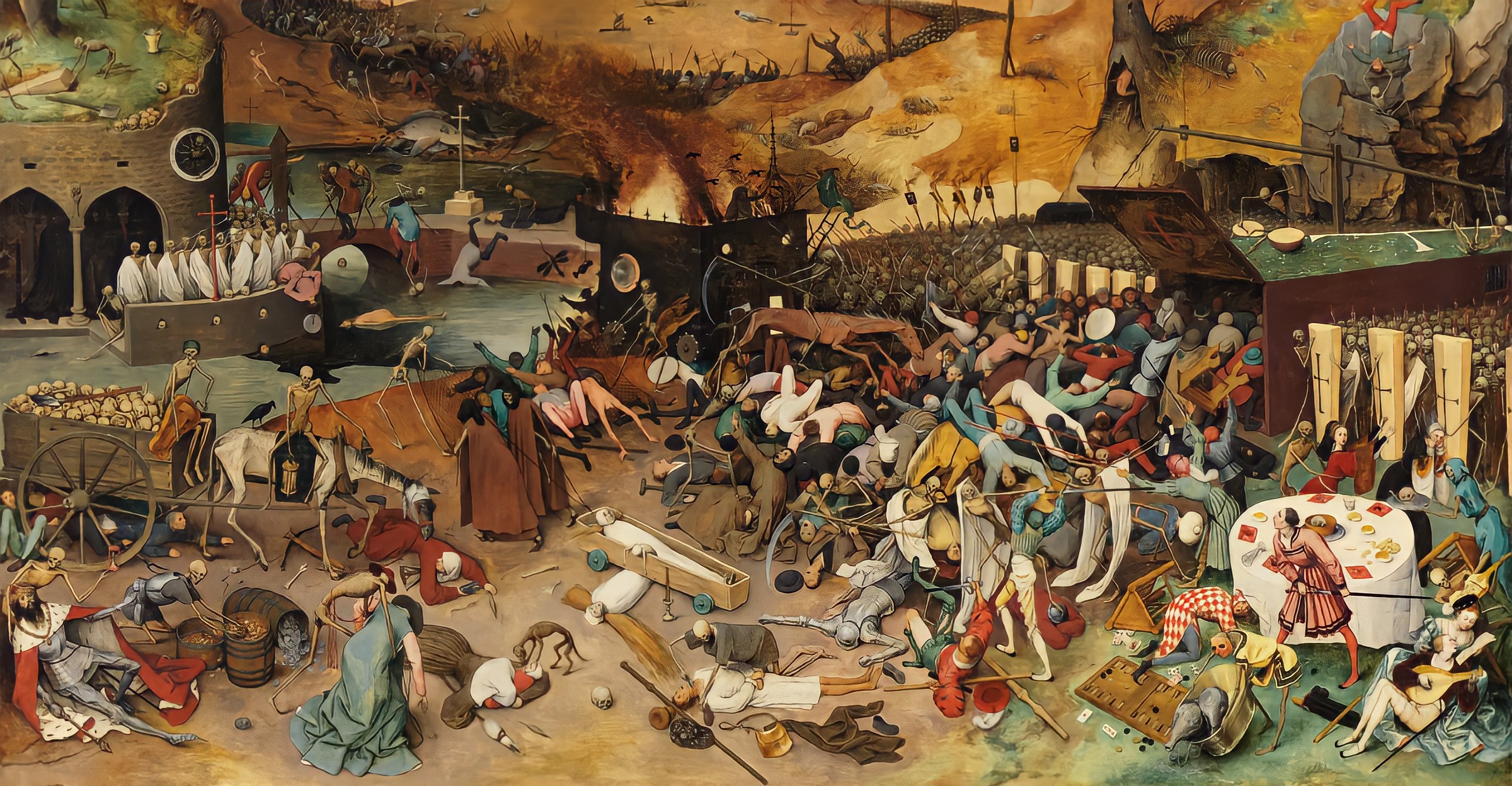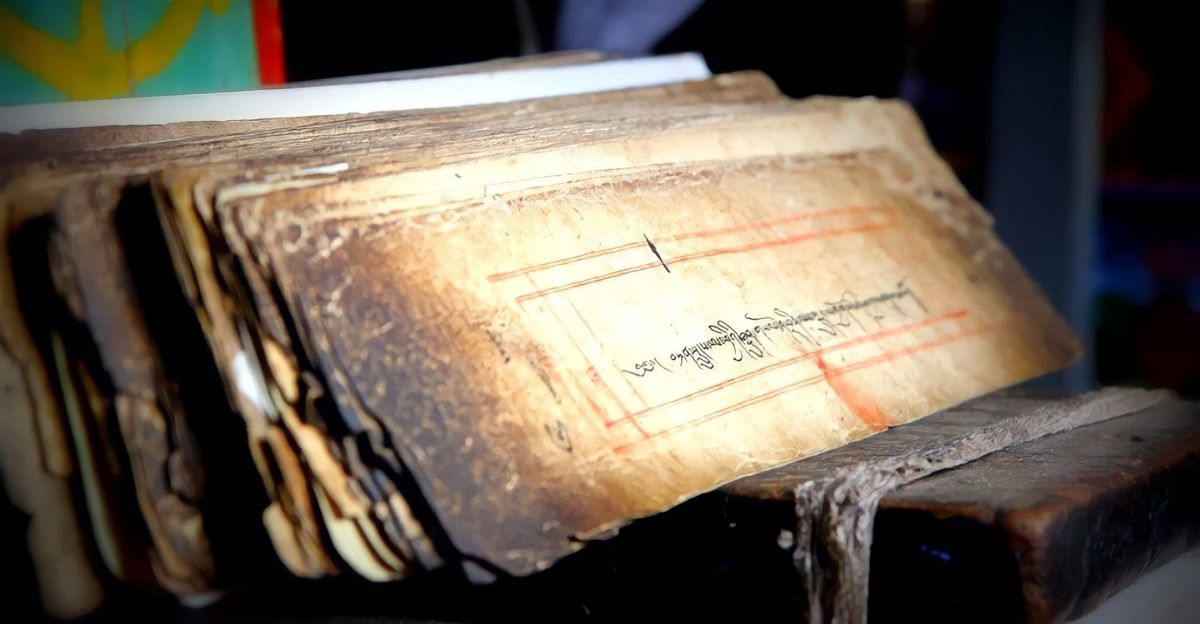
Imagine an AI so advanced it delves into centuries-old spiritual manuscripts, revealing layers no human eye has fully grasped. Recently, digital whispers swept across platforms like YouTube, Reddit, and TikTok, proclaiming that an AI had translated the Tibetan Book of the Dead in a groundbreaking way. Some claims suggest this breakthrough “unlocked” ancient wisdom encoded in fractal mathematics and quantum realities. However, behind the buzz lies a delicate balance between genuine scholarly research and viral speculation.
This moment invites us to question what truly transpires when cutting-edge AI meets ancient mysticism. Is this a mystical breakthrough or a more grounded narrative about technology enhancing understanding? The ripple effect begins here: one event that could reshape how humanity accesses and interprets spiritual knowledge. Let’s embark on this journey, peeling back layers of hype to uncover the real story where technology, spirituality, and curiosity converge.
Why Global and Local Communities Should Take Notice
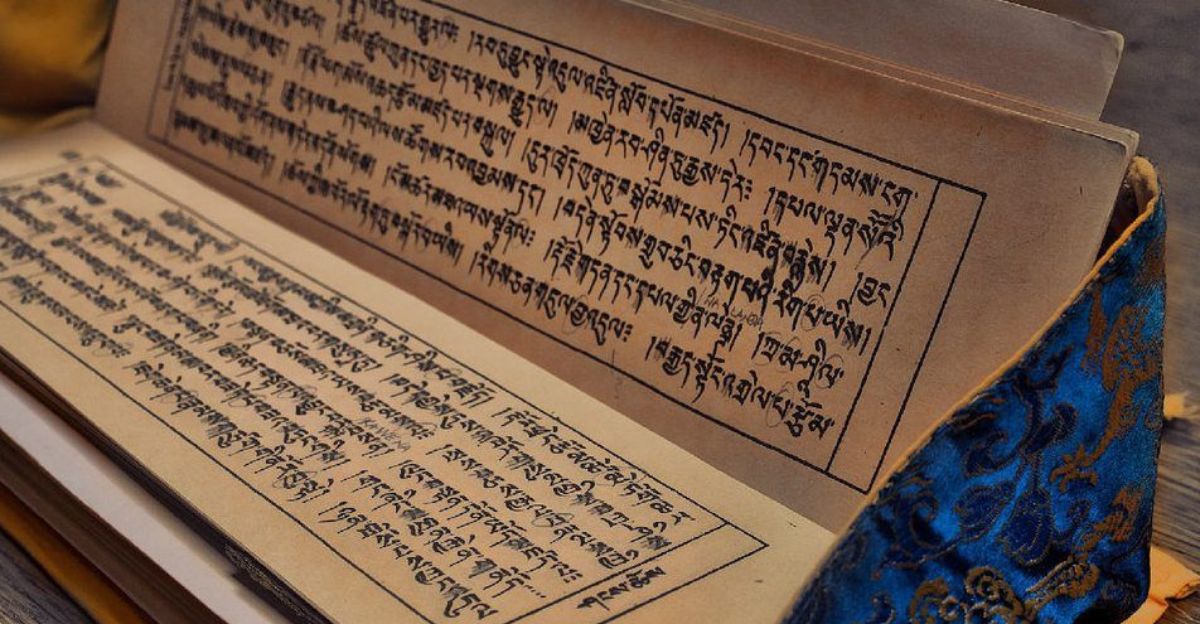
This is not merely a story confined to Tibetan monasteries; it touches on humanity’s fundamental quests to understand consciousness and mortality. Around the world, scholars face persistent challenges in translating Buddhist scriptures that hold keys to psychological, historical, and cultural insights. If advanced AI genuinely improves translation accuracy, it could revolutionize access to and reinterpretation of these fragile cultural legacies.
This leap offers more than spiritual clarity for Tibetan diaspora communities in Dharamshala and academic hubs like Berkeley; it fosters language preservation and cultural resilience. Furthermore, this development ripples far beyond, influencing cutting-edge fields like neuroscience, quantum science, and digital humanities. Thus, AI translation has broad implications for local cultural survival and global scientific inquiry, signaling a new era of interconnected understanding of consciousness and heritage.
New Perspectives on an Ancient Spiritual Classic

The Tibetan Book of the Dead, or Bardo Thodol, has captivated seekers and scholars worldwide for centuries. Its origins lie in Tibetan monasteries’ oral traditions, later rendered imperfectly by early Western translators such as W.Y. Evans-Wentz, who wrestled with cultural and linguistic nuance. Advanced AI brings unprecedented pattern recognition and multilingual prowess to this task. It works alongside human experts to refine decades of varied interpretation.
This collaboration bridges past and present, intertwining tradition with technology. It reveals the sacred Text’s language and its lived spiritual experience resonating emotionally with contemporary readers. By unveiling new linguistic textures and deeper meanings, AI rekindles the Text’s power, allowing a fresh encounter that honors the past while inviting modern reflection.
The Hidden Obstacles Beneath the Translation Process
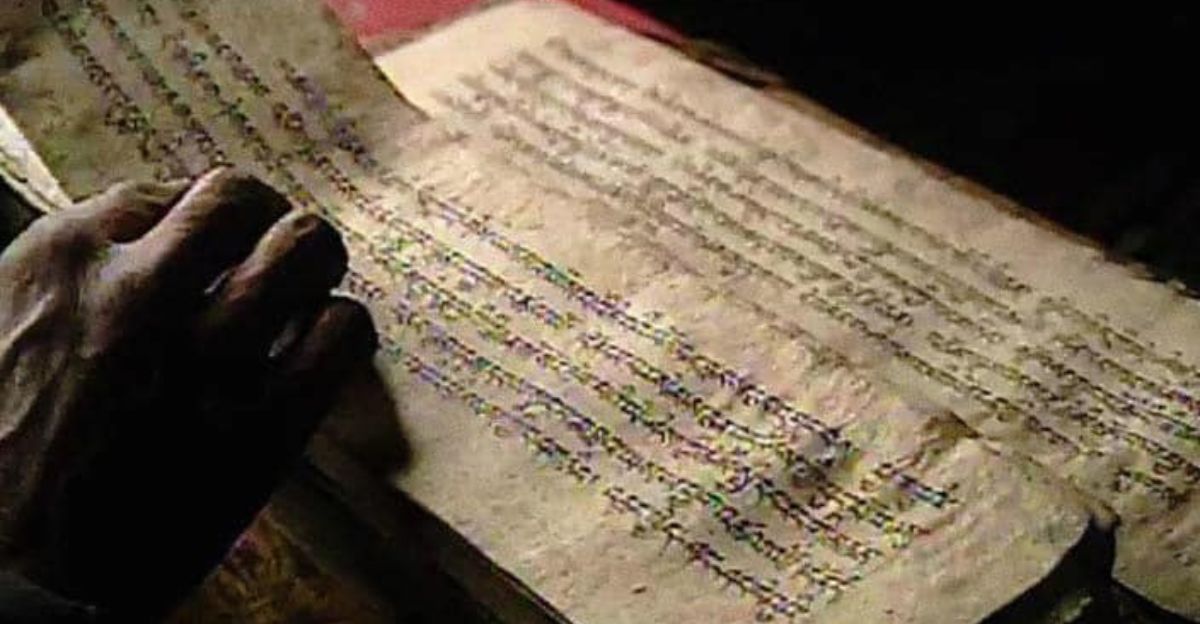
Translating the Tibetan Book of the Dead remains a monumental challenge despite its promise. The Text’s language mixes Tibetan script with Sanskrit, Pali, and Chinese influences, complicating translation efforts for centuries. Even AI faces hurdles: digitizing fragile manuscripts, achieving precise optical character recognition, and understanding context-sensitive meanings require painstaking care. Poetic symbolism often blurs lines between metaphor and literal sense, risking misinterpretation.
This explains why sensational viral claims about AI “magically” revealing quantum secrets or metaphysical truths deserve critical scrutiny. Instead, the real narrative is one of meticulous, patient work applying technology respectfully to a text of immense spiritual and cultural depth. Accuracy and nuance, rather than mysticism, define the challenge scholars and machines face in this rarefied domain.
The Breakthrough Moment: AI Translates the Tibetan Book of the Dead
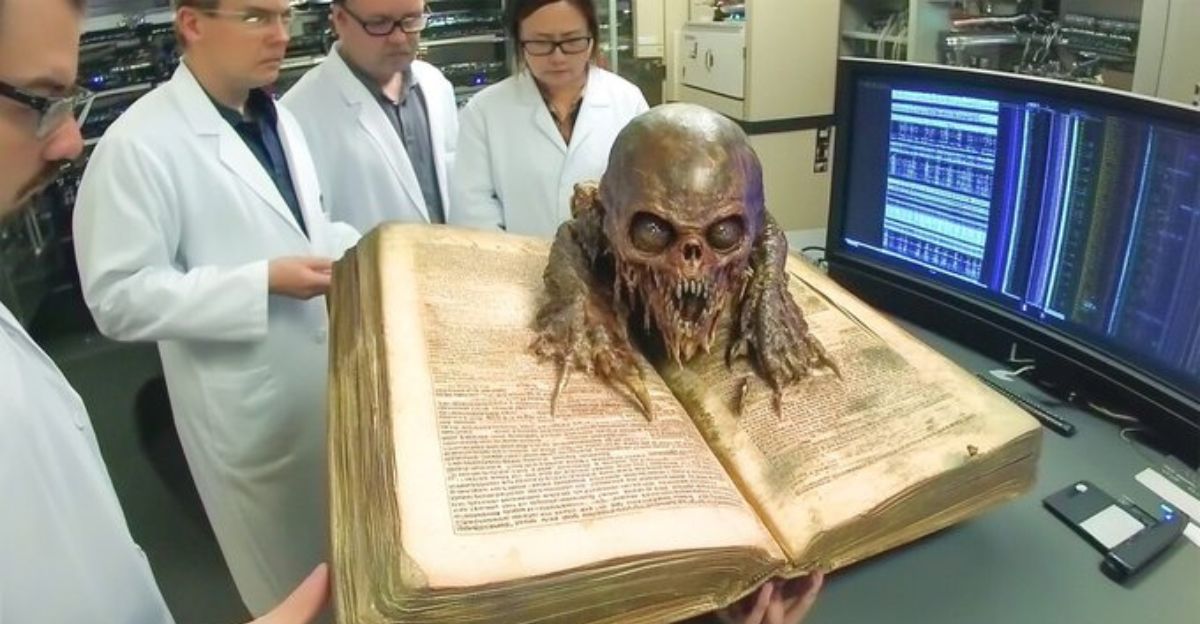
Central to this story is a technological breakthrough: advanced AI tools developed by Berkeley’s Dharmamitra project and the Monlam AI center have successfully aided translation and textual analysis of the Tibetan Book of the Dead. These systems enhance linguistic assistance, grammatical parsing, and comparative textual analysis.
Importantly, these AI applications do not claim mystical insights or discoveries of quantum consciousness. Instead, they empower scholars to study the Text’s complex 49-day Bardo framework with greater precision and scope. This clear, measured contribution reveals a powerful new tool, not a magical oracle, but a gateway to deeper and more accurate understanding of an ancient spiritual guide. This milestone marks a clear ripple point where AI technology tangibly elevates human interpretation of sacred knowledge.
Safeguarding Tibetan Language and Culture Through AI

Beyond academic impact, this translation effort fuels a vital cultural preservation mission. Tibetan communities, including Dharamshala, benefit from AI-powered OCR and translation tools that digitize and safeguard endangered manuscripts. This digital preservation helps the younger generation connect directly with ancestral wisdom, ensuring living traditions survive beyond fragile paper and fading memories.
Globally, these tools broaden access to authentic spiritual teachings, mitigating risks of cultural distortion or appropriation when translations lack linguistic precision. Ultimately, AI acts as both protector and amplifier of the Tibetan language and culture, transforming ancient manuscripts into accessible, enduring heritage. This ripple ensures these spiritual treasures remain vibrant and relevant in a rapidly changing digital and cultural landscape.
The Dedicated Scholars Behind the AI Curtain

While AI receives much credit, the human element remains indispensable. Behind every AI insight lie countless hours from scholars who train algorithms, curate specialized datasets, and carefully verify outputs. These experts leverage decades of linguistic and cultural knowledge to guide AI’s nuanced understanding. The collaboration is delicate: AI tools can stumble over subtle semantic tensions, requiring human correction and contextual judgment.
This partnership exemplifies technology empowering rather than replacing human scholarship. It also grounds AI progress in ethical rigor, respecting the Text’s sacred origins and interpretive complexity. The real story is not AI as an autonomous genius but as a humble assistant amplifying human insight in the timeless quest to comprehend profound spiritual wisdom.
Catalyzing Cross-Disciplinary Innovation Beyond Buddhism

This Tibetan AI translation breakthrough reverberates far beyond religious studies. It sparks interdisciplinary curiosity in neuroscience, quantum physics, and digital humanities. The Text’s 49-day narrative about consciousness between death and rebirth inspires new hypotheses, such as quantum consciousness models aligned with Penrose-Hameroff theories.
AI’s ability to decode complex symbolic language is a catalyst for blending spirituality with science and technology. The emerging cross-pollination may fuel breakthroughs in consciousness research and AI’s evolving semantic comprehension. Consequently, what began as a religious text translation now ripples into evolving discussions about the mind, matter, and artificial intelligence’s future capabilities.
Democratizing Ancient Spiritual Wisdom in the Digital Age

The AI-driven translation exemplifies a broader cultural shift: modern seekers and scholars increasingly access ancient spiritual knowledge via digital platforms. Viral fascination on TikTok, Reddit, and YouTube highlights widespread curiosity about death, the afterlife, and consciousness, amplified by AI’s ability to demystify complex texts.
This trend democratizes esoteric wisdom formerly restricted to monastic or elite circles, empowering global audiences to engage deeply with profound existential questions. Yet it presents challenges; viral hype can obscure scholarly nuance. Still, the lasting effect is a growing digital culture that weaves ancient teachings into contemporary spiritual narratives. AI thus bridges millennia-old wisdom to today’s vibrant, connected quest for meaning and understanding.
AI, Spirituality, and Human Inquiry at a Crossroads
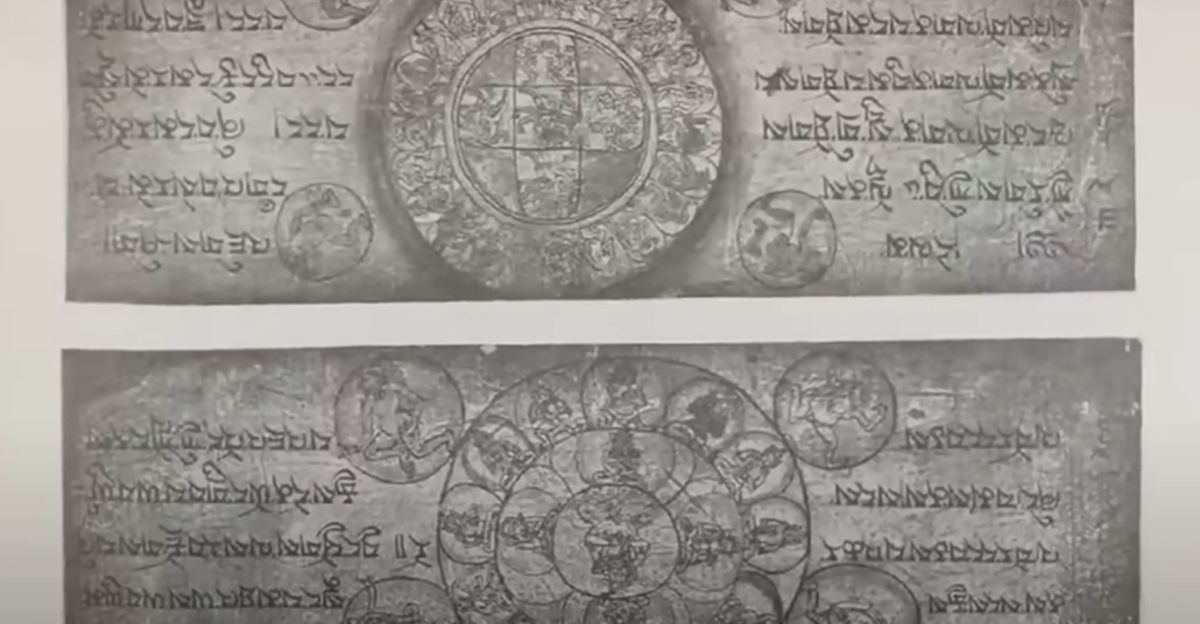
The story of AI translating the Tibetan Book of the Dead is only the beginning. Future developments include refined scientific models of consciousness emerging from this knowledge, broader programs digitizing endangered texts worldwide, and immersive virtual reality experiences simulating the Bardo states. However, scholarly caution advises emphasizing practical utility and respect over mystification.
The most profound revelation is AI’s role as a bridge connecting timeless spiritual wisdom with modern scientific inquiry and digital culture. This convergence invites us all to reconsider death, consciousness, and what it means to be human. As advanced AI illuminates ancient paths, it opens new horizons for collective understanding and exploration of life’s most profound mysteries.

